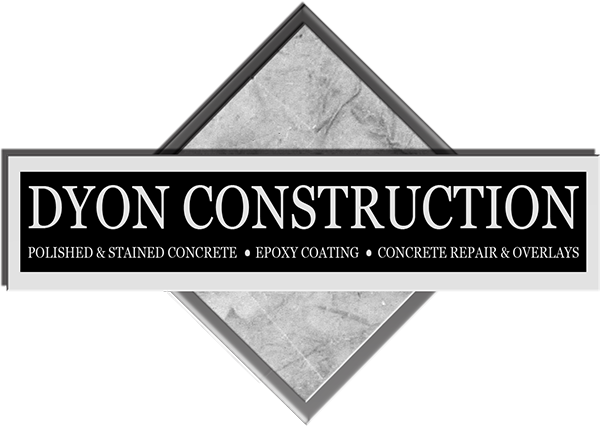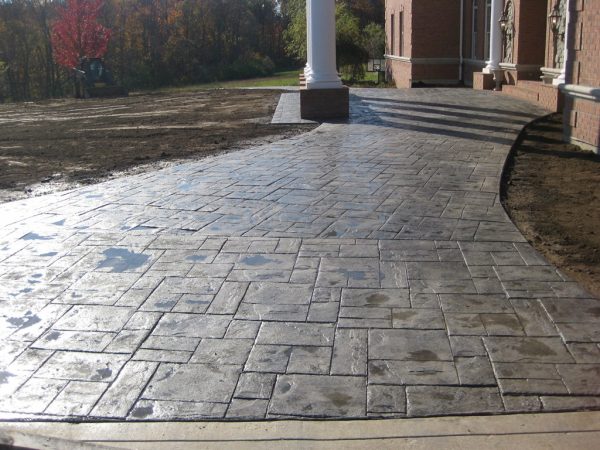Stamped Concrete Overlays
Various Methods
There are different methods for stamping concrete, and the oldest way involved is by using an iron-framed design that fit onto the boom of a tractor. It had to be lowered and raised repeatedly with slow calculated movements. Over time, this tedious process became obsolete, and it was only used for new concrete pours anyway.
The use of rollers to imprint new concrete has become a common way of stamping newly poured surfaces and in some cases, contractors apply it over an existing concrete slab. Even though this may improve the looks of concrete, it doesn’t always present the best finished product.
Advantages of Concrete Overlays
Nearly any indoor or outdoor concrete surface can benefit from a decorative overlay, and the design possibilities are overwhelming. Overlays are durable, attractive, and affordable. Cement overlays have advanced throughout the years, with the addition of polymer resins to improve both appearance and durability. Added protection is also achieved against UV rays, chemicals, salt damage, freeze-thaw temperature changes, and heavy wear.
One thing to consider regarding overlays on existing concrete is that all surfaces are not in good condition for resurfacing. If severe cracks are present or the surface is on unstable or uneven ground, depending on the severity,it may require demolition and replacement.
Pavers and stone each have their own natural unique appearance. Overlays are a way to make concrete resemble other materials and finishes. Simply placing a design in the concrete and applying color and finish won’t necessarily present a work of art.
A couple of the best reasons to use an overlay instead of stamped concrete include:
- More flexibility in texture – Raw concrete has a rough surface, even when a smooth finished is applied. On exterior surfaces, smooth concrete can be a liability and a likely cause for falls so it doesn’t make the friendliest or safest surface. The use of a topping agent allows for a surface to be textured without being excessively rough like sandpaper on bare feet.
- Better color selections – Concrete is difficult to color in a way that makes it truly resemble other materials. Adding color to the concrete at the plant can produce a single color, but this doesn’t do anything for the range or depth. Applied colors in paint may not be very durable, but when colors are blended into an overlay, it is more permanent and much more varied.
Imprinted concrete is still a good choice for large pours, but for a more realistic application, overlays are better. To highlight areas around a home or business, overlays make a dramatic statement, and they are appreciated for many years to come.

